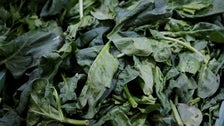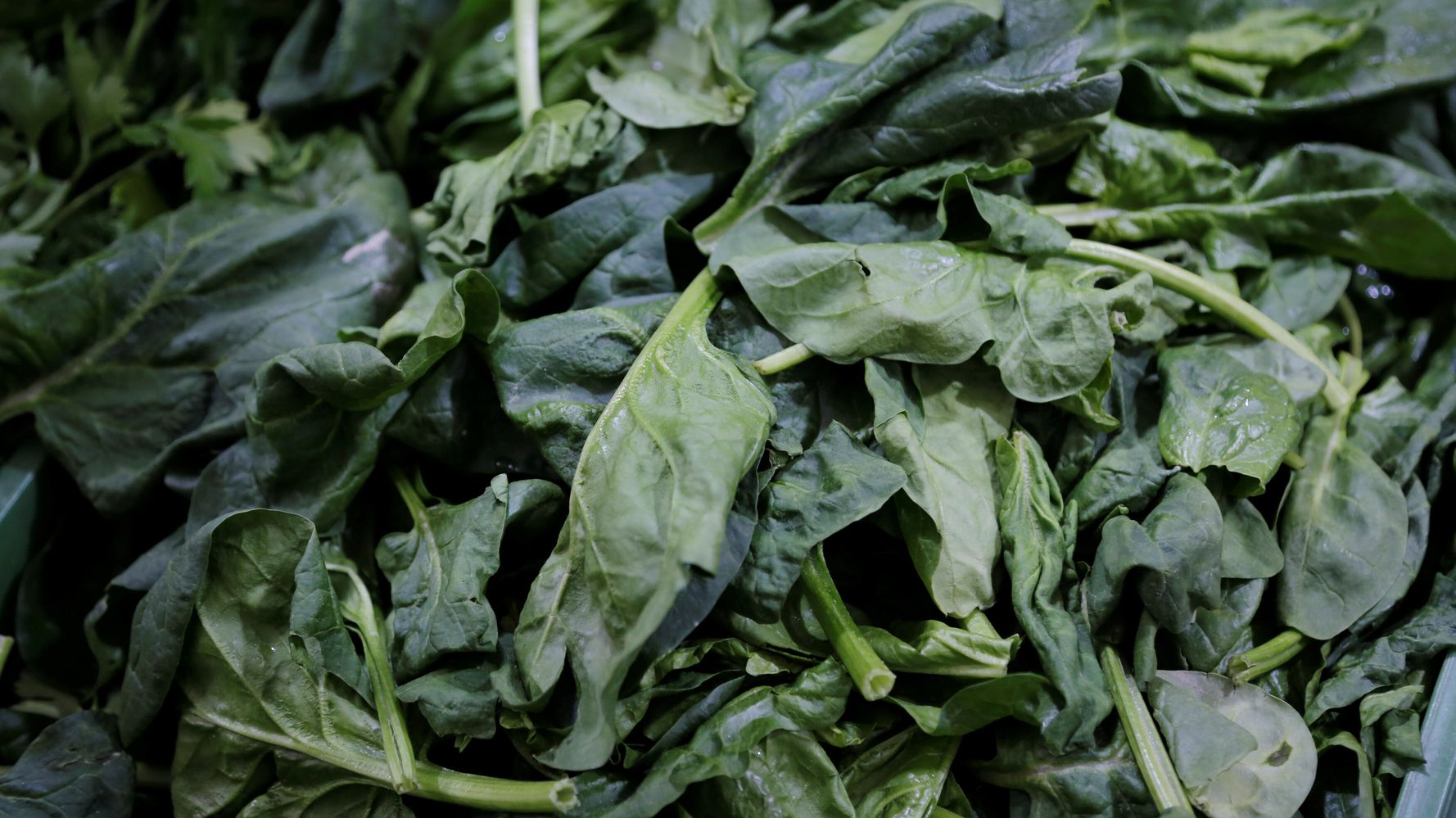
The internet went into a frenzy on Tuesday after Euronews resurfaced a 2016 study about scientists “teaching” spinach plants to detect explosives and send emails.
The study, titled “Nitroaromatic detection and infrared communication from wild-type plants using plant nanobionics” was originally published in the journal Nature Materials. Plant nanobionics refers to the scientific practice of altering plants with extremely small particles to give them new abilities.
In the study, researchers from MIT and the University of California, Riverside, embedded tiny sensors made of carbon nanotubes into spinach leaves so they could detect nitroaromatic compounds, which are often found in explosives. Once the roots came into contact with these compounds, the sensors in the leaves issued a fluorescent signal that was detected by an infrared camera attached to a small computer that sent researchers an email alert.
“Plants are very good analytical chemists,” MIT’s Michael Strano, one of the authors behind the study, told Euronews. “They have an extensive root network in the soil, are constantly sampling groundwater, and have a way to self-power the transport of that water up into the leaves.”
Strano added that plants could already detect oncoming droughts as well as subtle changes in soil and water, and plant nanobionic research could be extremely useful in the near future in detecting pollutants and combating environmental changes.
Although the study was conducted back in 2016, “spinach” and “email” began trending across social media on Tuesday as Euronews’ revival of the power of plants went viral.
Calling all HuffPost superfans!
Sign up for membership to become a founding member and help shape HuffPost’s next chapter


